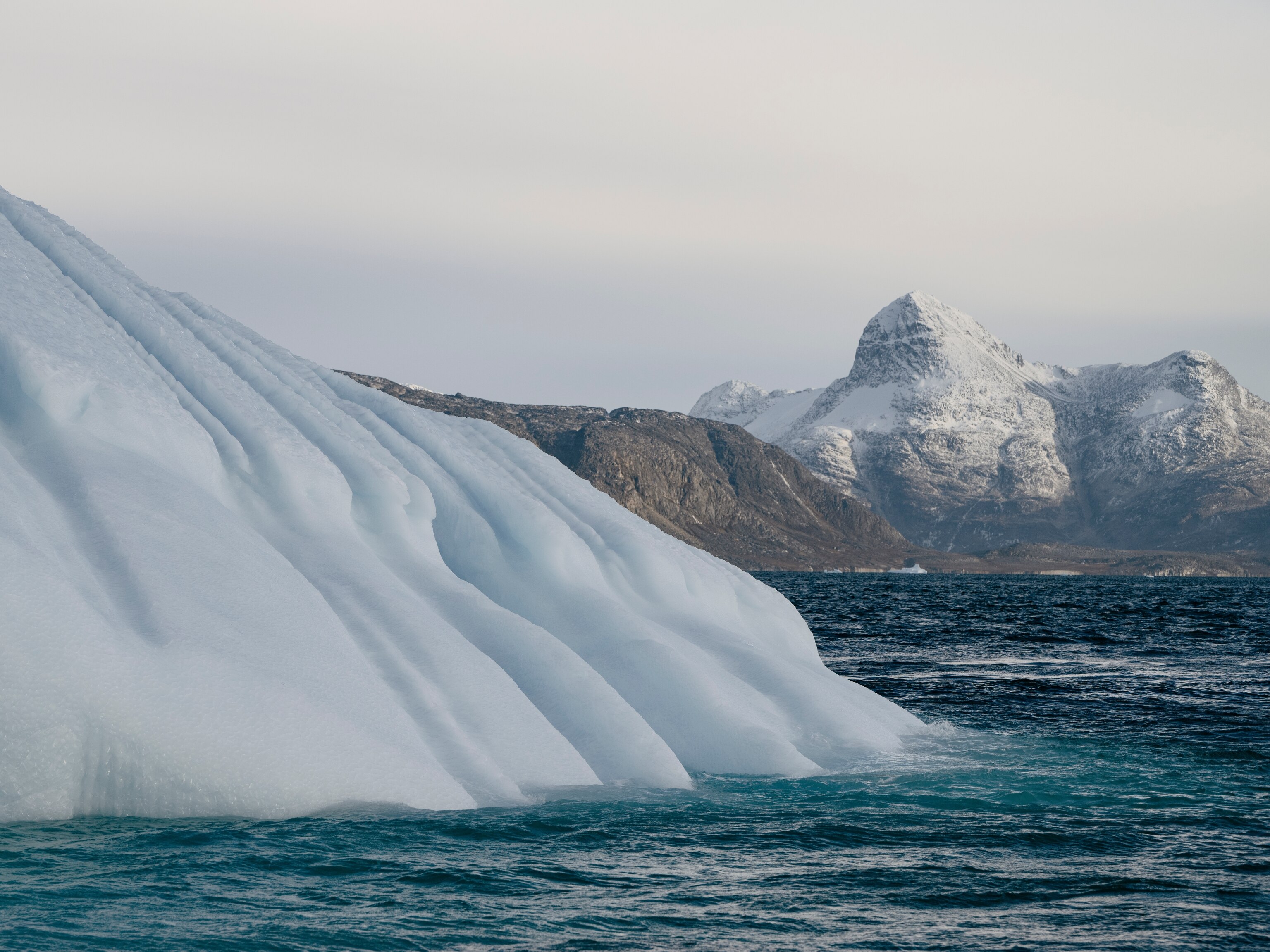Amazon of the Ocean - Can coral reefs survive the Anthropocene epoch?
The world’s coral reefs could collapse by the end of this century, jeopardizing millions of marine species and humans. “Super reefs” may be our last hope.”
Coral reefs are often described as the rainforests of the seas, and for good reason. While they account for less than one percent of the world’s ocean, they support a whopping 25 percent of all marine species. When it comes to biodiversity, they are on a par with the world’s tropical rainforests and may, in fact, eclipse them.
But like rainforests, reefs are in trouble. Rising ocean temperatures and acidification, exacerbated by adjacent impacts like destructive fishing, resource extraction and marine pollution could cause all UNESCO World Heritage coral reefs to become functionally extinct by 2100, according to UNESCO – unless we rapidly embrace blue economies, change our behavior and relationship with the ocean and drastically reduce carbon emissions over the coming decades.
Corals are animals made up of tiny polyps that behave like plants. They rely on a symbiotic relationship with zooxanthellae, single-cell algae that live inside the coral polyp’s tissue where they photosynthesize, passing sugar and other nutrients to their hosts. But when the water temperature rises, the zooxanthellae stop making sugar and produce harmful chemicals instead. The coral polyps then spit them out, stop producing the carbonate skeletons that are the basis of all our planet’s colorful reefscapes, and steadily fade to white in a phenomenon known as coral bleaching.
The race is on to rescue reefs from extinction, and one bioregion arguably more than any other offers cause for hope. If coral reefs are the rainforests of the seas, then the Coral Triangle is the underwater equivalent of the Amazon. This is a bioregion that’s half the size of the United States, passes through six countries (the Philippines, Indonesia, Malaysia, Papua New Guinea, Solomon Islands, and East Timor), and harbors more marine species than anywhere else on the planet. When it comes to abundance and sheer scale, nowhere else comes close.

Within the Coral Triangle, one area off the coast of the island of Papua New Guinea has been identified by scientists as the absolute pinnacle of marine biodiversity on our planet—Raja Ampat. Raja Ampat may be the last stronghold of healthy coral reefs. So far, researchers have identified 574 distinct species of coral here, representing an astonishing 75 percent of all known coral species as well as more than 1,400 fish species, including endemic species found nowhere else in the world.
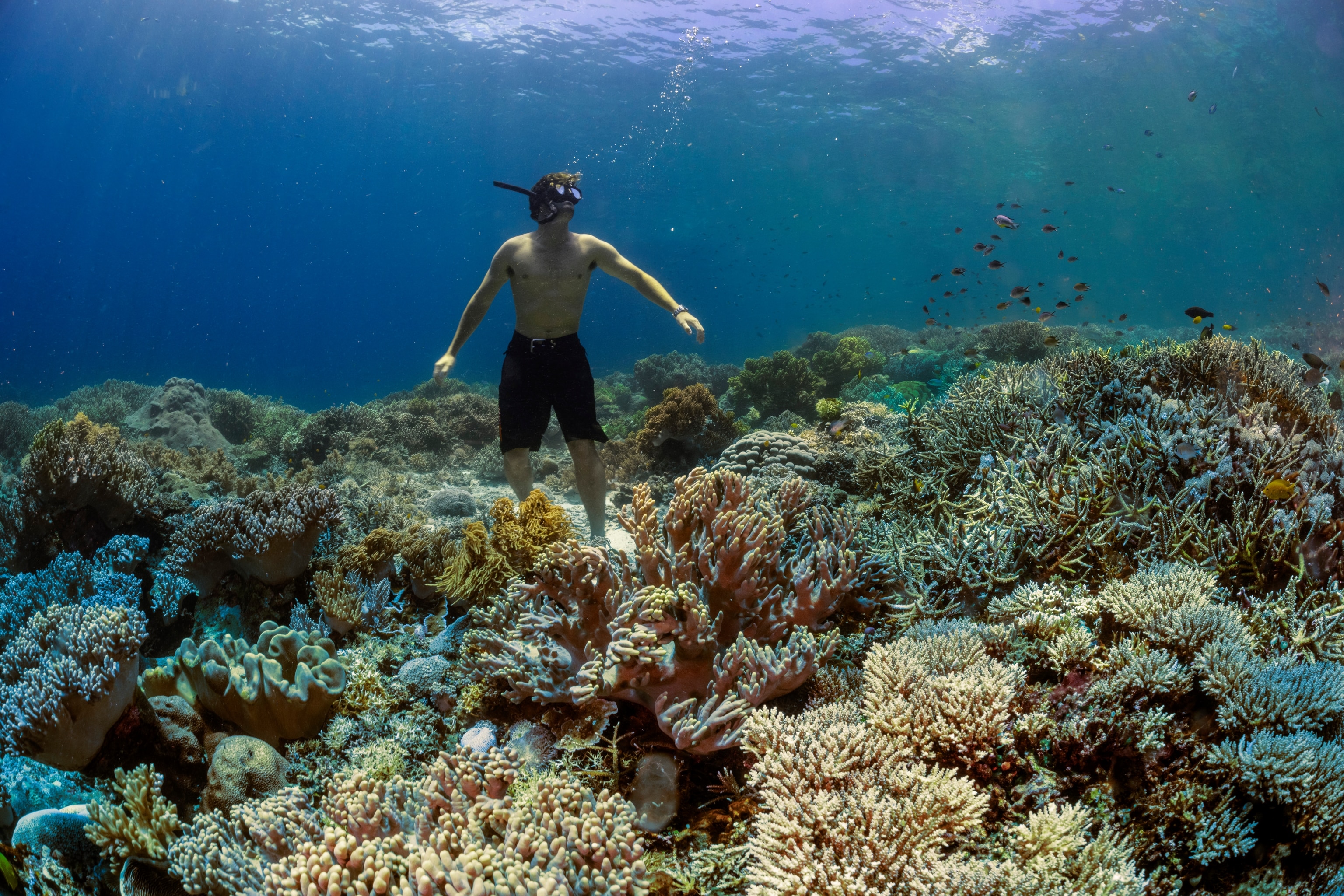
Raja Ampat is thriving thanks in part to ongoing conservation efforts by local communities, NGOs and government. In 2010, a landmark legal framework was put in place to protect all species of sharks and rays in the region. Then in 2015, the then governor of West Papua province declared Raja Ampat a Conservation Province, marking a shift away from resource extraction and towards a blue economy (the "sustainable use of ocean resources for economic growth, improved livelihoods, and jobs while preserving the health of ocean ecosystem,” according to the World Bank), a move that is bearing financial fruit. Raja Ampat is now a mecca for divers, with land-based resorts and liveaboard vessels generating hundreds of thousands of dollars each year in entrance fees alone.
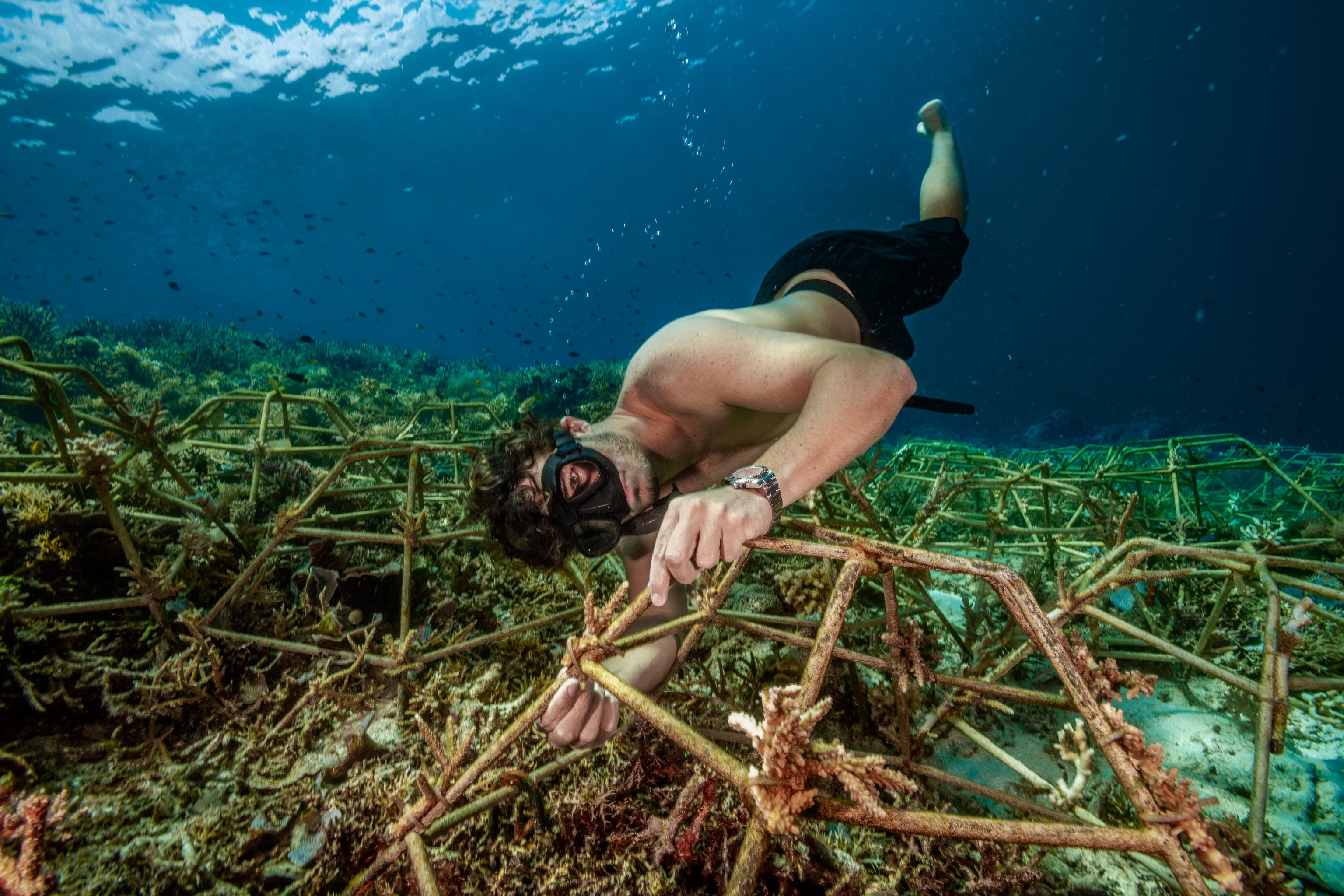
Raja Ampat’s reefs may be more resistant to fluctuations in ocean temperature, not only because they are home to coral species that are better able to withstand heat, but because of the constant interchange of species and nutrients between a diverse range of interconnected shallow water coral colonies across Raja Ampat’s 15,400 square miles—from atolls to fringing reefs to barrier reefs.
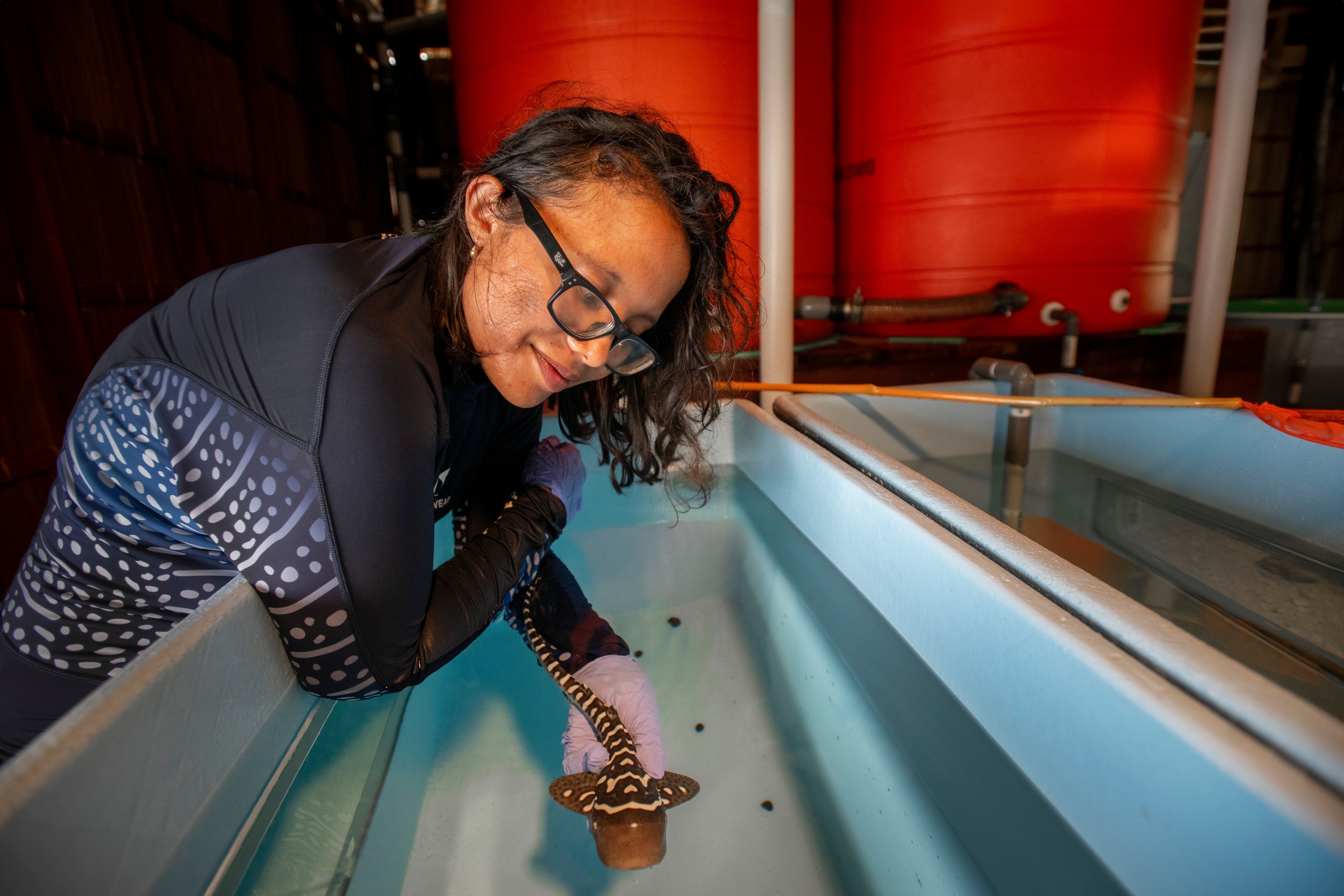
It also enjoys a sheltered position in the middle of the Indonesian Throughflow—a vast ocean current that mixes the waters of the North Pacific and the Indian Ocean, creating nutrient-rich upwellings of cold water from the deep ocean. It’s one of the biggest movements of water on Earth and it’s the reason the Coral Triangle is so rich in biodiversity. It is also likely that corals subjected to the Throughflow evolved over time to accommodate a wider range of temperatures than corals elsewhere.
The more we learn about coral reefs, the more we realize the crucial role they play in maintaining the health of ocean ecosystems everywhere—and by extension, the health of the human species. Reefs are nurseries for thousands of marine species, helping to populate the ocean with fish that provide food security for millions of humans as well as generating billions of dollars in tourism revenue. They also provide a natural barrier against the storms that climate scientists are predicting will become more frequent as the planet continues to warm. Like their rainforest terrestrial counterparts, coral reefs also sequester carbon dioxide to the tune of up to 99 million tons per year.
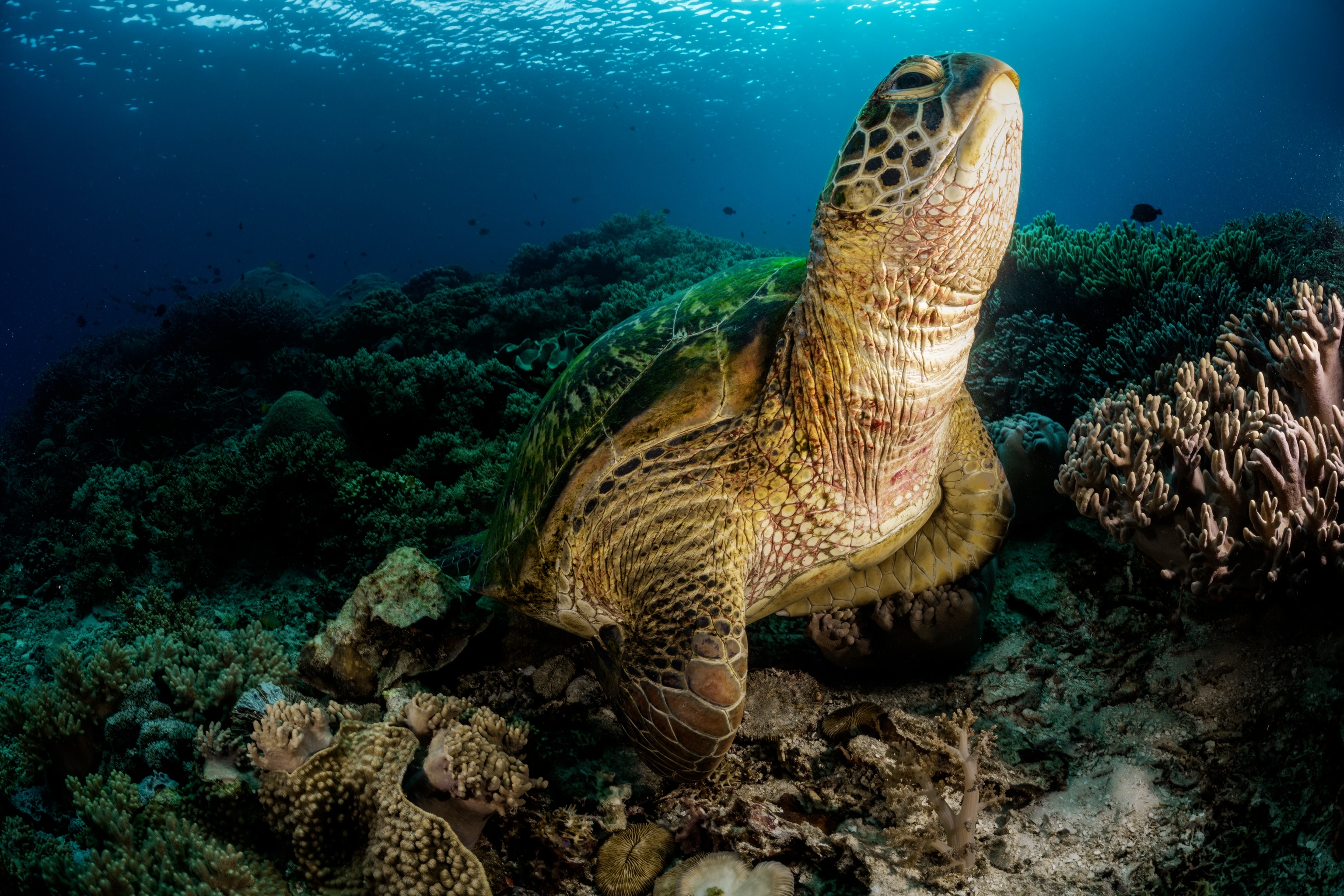
Like jungles, coral reefs are home to organisms containing chemical compounds that have already been used in lifesaving medicines. The very first drug used to treat leukemia was developed using chemicals from a Caribbean sponge and there are likely many more treatments waiting to be discovered.
If coral reefs are to survive this century, we need to understand them better. This is one of the reasons why the Prada Group and the Intergovernmental Oceanographic Commission of UNESCO (IOC/UNESCO) consolidated the scope of their SEA BEYOND partnership beyond education, to support scientific research, involving local communities to better understand the unique attributes of their ecosystems and the need to preserve them. Indeed, as part of SEA BEYOND, Prada Group supported the dissemination of the documentary “Deep White Forests” (“Il Bianco Nel Blu”), that recounts the scientific research of Giovanni Chimienti, marine biologist and National Geographic Explorer, on the discovery of the black coral in the Egadi Islands, Italy. This very rare species of coral indicates an almost untouched ecosystem and allows for a better study and understanding of marine biodiversity in the Mediterranean.
Thanks to the donation of one percent of the Prada Re-Nylon Collection to SEA BEYOND, the Group supports young marine researchers, who will inspire the next generation of ocean custodians.
Find out more about understanding our ocean in order to save it here.

